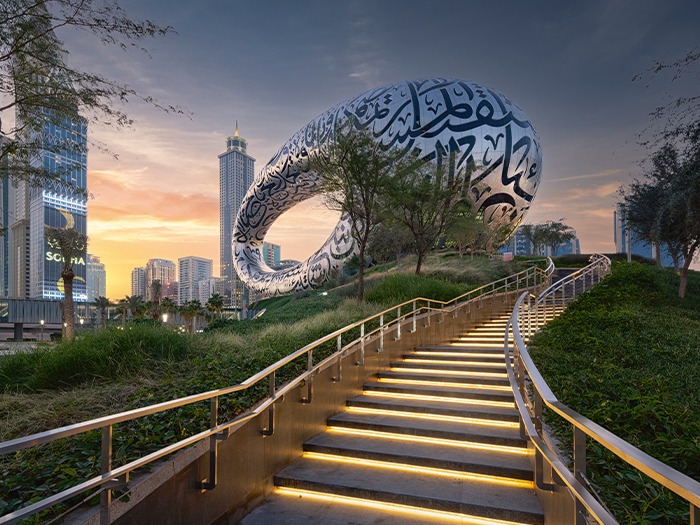Future Tech Trends: Navigating a World of Possibilities in Design and Innovation

The intersection of technology and design is reshaping industries and experiences. “Future Tech Trends: Navigating a World of Possibilities in Design and Innovation” explores the dynamic landscape of emerging technologies and their impact on the design world.
Introduction:
In an era where technology evolves at an unprecedented pace, the article sets the stage by highlighting the profound influence of technological advancements on design and innovation.
Augmented and Virtual Reality in Design:
The article explores how augmented reality (AR) and virtual reality (VR) are transforming the design process. From immersive architectural walkthroughs to interactive product prototyping, these technologies offer new dimensions to design and user experience.
Artificial Intelligence in Creativity:
Artificial Intelligence is not just a tool but a creative collaborator. The article delves into how AI is being used in design to generate ideas, optimize workflows, and even predict trends, challenging traditional notions of human-centric creativity.
Sustainable Tech Solutions:
As sustainability becomes a paramount concern, the article discusses how technology is playing a crucial role in creating eco-friendly solutions. From energy-efficient buildings to innovations in renewable energy, the synergy between technology and sustainability is driving positive change.
Wearable Technology and Fashion:
Design extends beyond physical spaces to personal experiences. The article explores the integration of wearable technology into fashion, highlighting how smart textiles and interactive garments are reshaping the way we express ourselves through clothing.
Internet of Things (IoT) in Design:
The interconnectedness of devices through the Internet of Things is a game-changer for design. The article examines how IoT is influencing product design, creating smart homes, and enhancing user experiences by seamlessly integrating technology into everyday life.
3D Printing and Prototyping:
In the realm of product design, 3D printing is revolutionizing prototyping and manufacturing processes. The article discusses how this technology is enabling rapid iterations, customization, and the creation of intricate designs that were once deemed impossible.
Ethical Considerations in Tech-Driven Design:
The article acknowledges the ethical implications of technology in design. From privacy concerns to the environmental impact of electronic waste, it explores how designers are navigating the challenges of responsible and ethical use of technology.
Conclusion:
“Future Tech Trends” concludes by emphasizing the need for designers to stay at the forefront of technological developments. As we navigate a world of possibilities in design and innovation, the article encourages a thoughtful and responsible approach to leverage technology for positive and sustainable outcomes.

